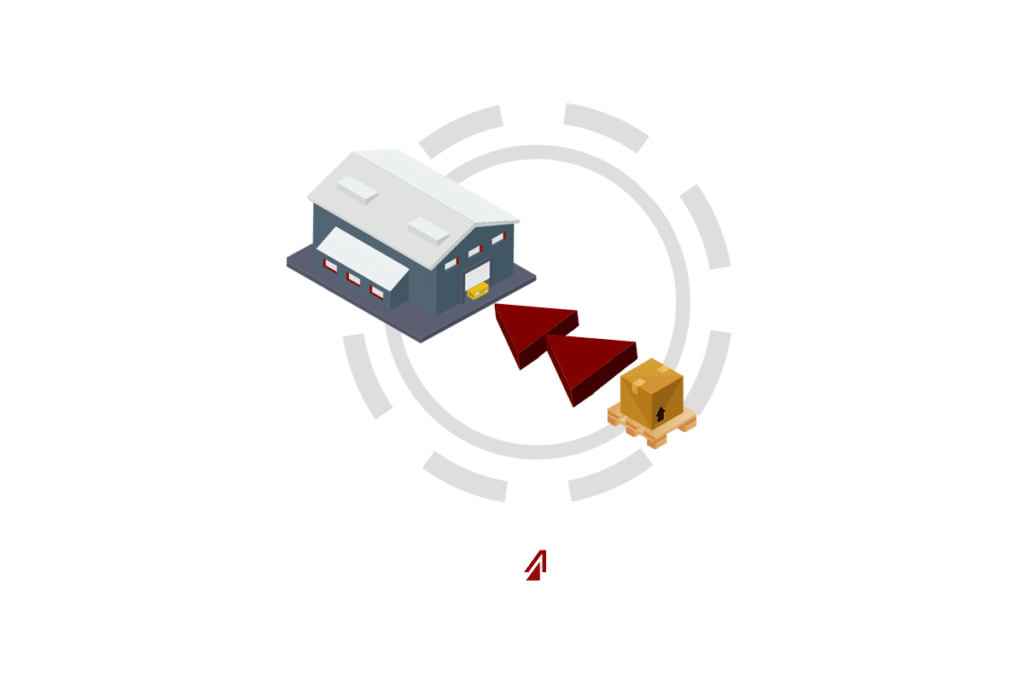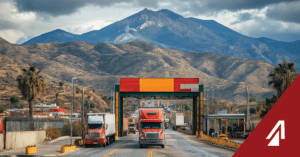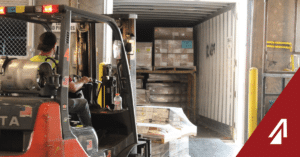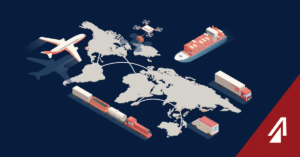According to the Reverse Logistics Association, reverse logistics operations account for anywhere from 3-15 percent of the U.S.’s GDP – which is estimated between $360 billion and $1.8 trillion each year. That number is staggering considering many people do not know what reverse logistics is. Take a look and see what reverse logistics is, how it is used, and some benefits and challenges associated with them.
What is Reverse Logistics
Most people have experienced a form of reverse logistics without necessarily realizing it. When you return a product to the store or manufacturer, that is reverse logistics. The formal definition, from the Reverse Logistics Association, is “all activity associated with a product/service after the point of sale.” Those activities often include planning, implementing, and controlling return operations as well as deciding what to do with the product once it has been returned. It is the opposite of a traditional supply chain.
Reverse logistics methods vary by company and industry, but overall, it is generally made up of three components – Return Policy and Procedure (RPP), Remanufacturing or Refurbishment (ROR), and Waste Disposal (WAD).
RPP
Each company must decide which products they will receive and how customers can return them. Policies often include how long before a product can be returned, who is responsible for the shipping costs associated with the return, and whether a stocking fee is involved. Each company must decide which products are beneficial for them to receive as well as decide what to do with the products once they are returned. This is where ROR and WAD come in play.
ROR
This is a portion of the RPP in which companies must decide what to do with a product that has been returned. Often, parts of a product can be recycled or the defective product can be fixed and repackaged. According to Tony Sciarrotta, Executive Director of the Reverse Logistics Association, “Consumer surveys of those who returned products previously identified as much as 75% were because “product did not meet expectations”, and very few returns were for actual defects.” This is beneficial for manufacturers because they can retain profitability, reduce waste, and improve their supply chain’s sustainability.
Sometimes products can be returned specifically to be used again. Some companies, especially manufacturing companies, specifically build RPPs into their service contract to return items like shipping containers and other dunnage to allow them to continue manufacturing operations.
WAD
Some products are not able or not allowed to be reused according to regulatory bodies. Some these products have reached the end of their lifecycle and are no longer usable while others may be hazardous. Either way, these products must be disposed of in a safe and sustainable manner.
How and When is Reverse Logistics Used
How
Reverse logistics is used when a product is returned, and it affects the supply chain significantly. For instance, because products are frequently returned, companies must plan and execute strategies for operations like repairs, warranty recovery, redistribution, value recovery, and end-of-life recycling. Sometimes, depending on return volume, companies will need to develop a separate returns supply chain.
But how does reverse logistics take place? First, a reason for return will take place – this could be a product failure or not meeting expectations, part or product forms are needed to continue operations, or any number of reasons. The RPPs should be straightforward and lay out clearly in customer contracts what permits a return. Then, the customer will initiate the return procedure according to the policy. Next, shipping arrangements are made. Lastly, the product is received up the channel.
When
Reverse logistics takes place after the initial purchase is made and the end user has the product. It includes any operation such as:
• Returns
• Returns Avoidance
• Remanufacturing
• Refurbishing
• Packaging/Repackaging
• Unsold Goods
• End-of-Life
• Delivery Failure
• Rentals and Leasing
• Repairs and Maintenance
Each of these instances could initiate the return process.
Benefits and Challenges
Reverse logistics can be a major asset to retailers and manufacturers, but those benefits do not come without challenges.
Benefits
The process is helpful because it can reduce administrative, transportation, and support costs at the same time it increases product velocity. It is also a key factor in providing customer satisfaction and goodwill, as well as improving your company’s reputation. Lastly, repurposed and refurbished products help eliminate waste and create a more sustainable supply chain.
Challenges
Some of the challenges that go along with reverse logistics include difficulty in balancing cost versus benefits. While returns can be thought of as a “normal needs” retailers and manufacturers should still be aware that returns are expensive and need to have a plan in place to deal with them. That is why RPPs often stipulate time limits or conditions that products can be returned in.
Another significant challenge is for companies to track their profitability with returns. While some losses can be recouped through ROR, the overall cost/benefit analysis is often difficult to gauge.
Reverse logistics is a necessary part of nearly every supply chain. It is a simple idea but with complicated processes that make it difficult for many companies to manage. Each company must develop detailed processes to return freight and manage it once it is received. However, now that you know what it is, maybe your reverse logistics operation can give you a competitive edge.



